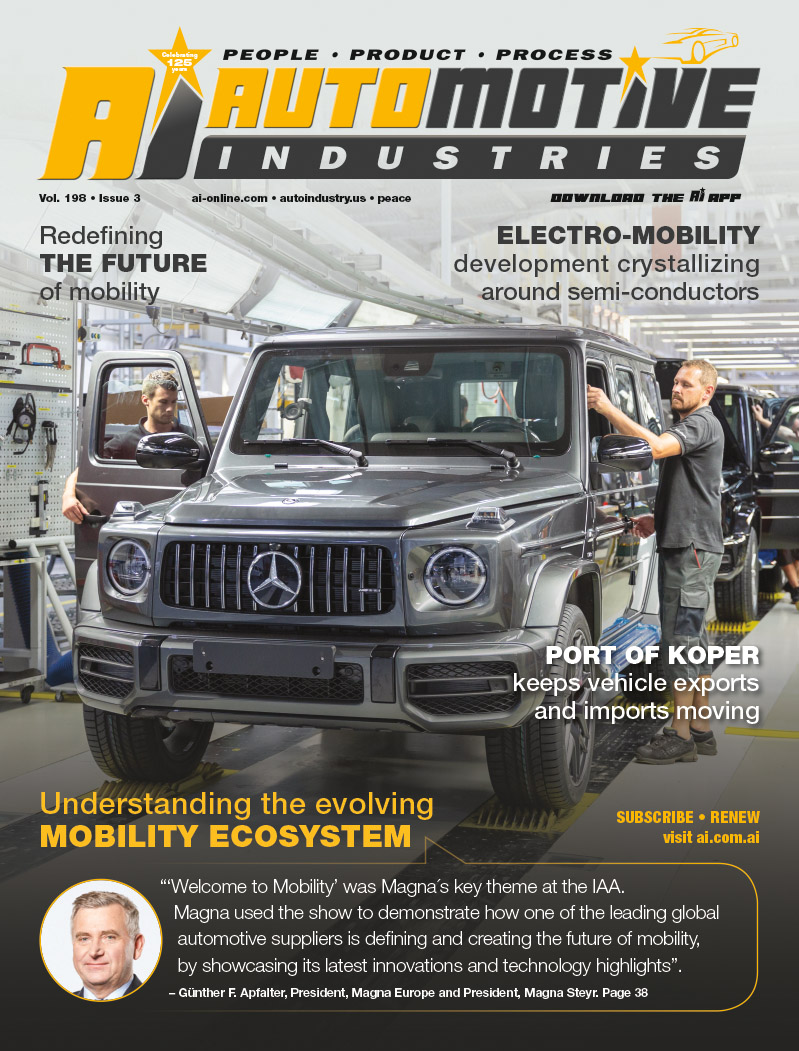
Innovation

With the recent announcement of Google’s third generation self-driving car prototype and automakers like Audi, BMW, Nissan and Volvo proactively showcasing their research and development efforts, it’s clear that autonomous driving capability is the next big thing to happen to the auto industry.
What was once science fiction will meet reality in the next few years. There are several critical elements, however, that must be addressed by technology companies working with car manufacturers to make this a reality. As more hardware – cameras, radar, laser scanners, ultrasonic sensors – are added to the car, an incredible amount of data is being amassed every second. To process this information massively parallel high performance processors with supercomputing capability are required, but must operate in an extremely energy efficient manner. Furthermore, to enable these in vehicle systems to scale from entry-level to high-end cars, a modular system design and the ability to reprogram the firmware is a must.
Finally, any such system must focus on safety and security while providing an intuitive human-machine interface (HMI). Without these three elements in play – energy efficient performance, modularity and a secure HMI — car makers will be stuck with trunks full of expensive desktop computers in their autonomous cars, and will never make it out of the world of research into the mainstream.
A key technology at the heart of autonomous driving is computer vision. That doesn’t just mean having a lot of cameras on the car, it means having high performance and energy efficient processors that can analyze the video coming from these cameras. Sophisticated algorithms need to process the incoming information in real-time, reported to be as much as 1 gigabyte (GB) per second.
To address the increased computation needs of cars, NVIDIA recently introduced the Tegra K1 mobile processor. It packs 10 times the computing power of its predecessors and yet still operates in the same power envelope.
With a quad-core CPU and a 192-core GPU (graphics processing unit) using the NVIDIA Kepler architecture, Tegra K1 can enable camera-based, advanced driver assistance systems (ADAS) – such as pedestrian detection, blind-spot monitoring, lanedeparture warning and street sign recognition – and can also monitor driver alertness via a dashboard-mounted camera. ADAS solutions currently on the market are based mainly on proprietary processors that are hardcoded to perform a specific function. NVIDIA Tegra K1 moves beyond this limitation by providing an open, scalable platform that enables innovative solutions. NVIDIA designed the Tegra K1 processor to be fully programmable. In fact, complex software systems built upon it can be enhanced via over-the-air software updates during the life of the vehicle.
NVIDIA has a long-standing relationship with many automakers including Audi, Volkswagen, BMW, and Tesla. These partners are now using the Tegra Visual Computing Module (VCM) for their infotainment systems. The VCM is a highly flexible platform, incorporating an automotive-grade NVIDIA Tegra mobile processor with dedicated audio, video and image processors.
The Tegra VCM uniquely enables carmakers to slide the most current processors into their electronics systems, allowing for faster evolution of in-vehicle systems as newer hardware becomes available.
This modular computing system approach is what will be a key element for autonomous driving capability, giving automakers an easier way to update the software as new features are developed or upgrade the hardware as more powerful processors become available during the car’s life.
Automotive Industries (AI) asked Rob Csongor, VP, GM of Automotive, NVIDIA what he sees as the future of selfdriving cars.
Csongor: We are definitely on the way to a future of automated driving. It will be available to us at different levels of capability in different situations. For instance, in the near term, there will be increasing levels of automated assistance – such as Audi’s Traffic jam pilot and self-parking features. Longer term, fully automated or self-driving cars will be available as a service to transport us around in urban or controlled environments, such as closed communities.
AI: What is visual computing and why should the automotive industry care?
Csongor: Visual computing is the art and science behind the creation, manipulation and interpretation of graphics and objects. Whether it’s for the development of intuitive digital user interfaces for the driver and passengers or for the detection, recognition and processing of what’s on the road ahead to assist the driver, visual computing capability is crucial to the future of the car.
AI: Tell us a little about the role NVIDIA played in Audi’s zFAS project.
Csongor: zFAS is the central driver assistance system that will enable piloted driving features in upcoming Audi vehicles. In our decade-long relationship with Audi we have worked together to understand and respect each other’s areas of expertise. High-performance processing and software integration enables industry-first capabilities like their Google Earth navigation system and Android Auto. Our experience of bringing innovative solutions to market is what led to working on zFAS which features our mobile supercomputer, the new Tegra K1.
NVIDIA ready to roll as Android Auto hits the road
Recently introduced at the Google I/O Developer Conference, Android Auto will enable highly simplified interaction with apps, including fully voice-driven messaging and navigation capabilities.
Android Auto allows anyone with an Android-based smartphone to interact with popular apps in an easier, safer way. Drivers can use Google Maps, Google Search, Google Play Music and other appropriate Apps with less distraction. Development is being driven by a growing number of partners in the Open Automotive Alliance (OAA), which NVIDIA helped found early in 2014 together with Google, Audi, General Motors, Honda, and Hyundai.
An additional 24 auto brands have signed on to join OAA and equip their cars with Android Auto, from Bentleys to Volkswagens. With NVIDIA’s extensive experience working with the Android platform from gaming to tablets to TVs, the company believes that their Tegra visual computing module (VCM) is an ideal mobile computer that automakers can leverage to bring Android Auto to more drivers. The Tegra VCM can be updated over the air, just like a mobile phone or tablet, making it easy for new features even after the car leaves the showroom














More Stories
LED Lighting for Heavy-Duty Applications: Durability, Efficiency, and Versatility
Celanese Materials Shine in Multiple Category Winners at 2024 SPE Automotive Innovation Awards
New future-ready single-slot PXIe controller for high-performance T&M applications from Pickering Interfaces